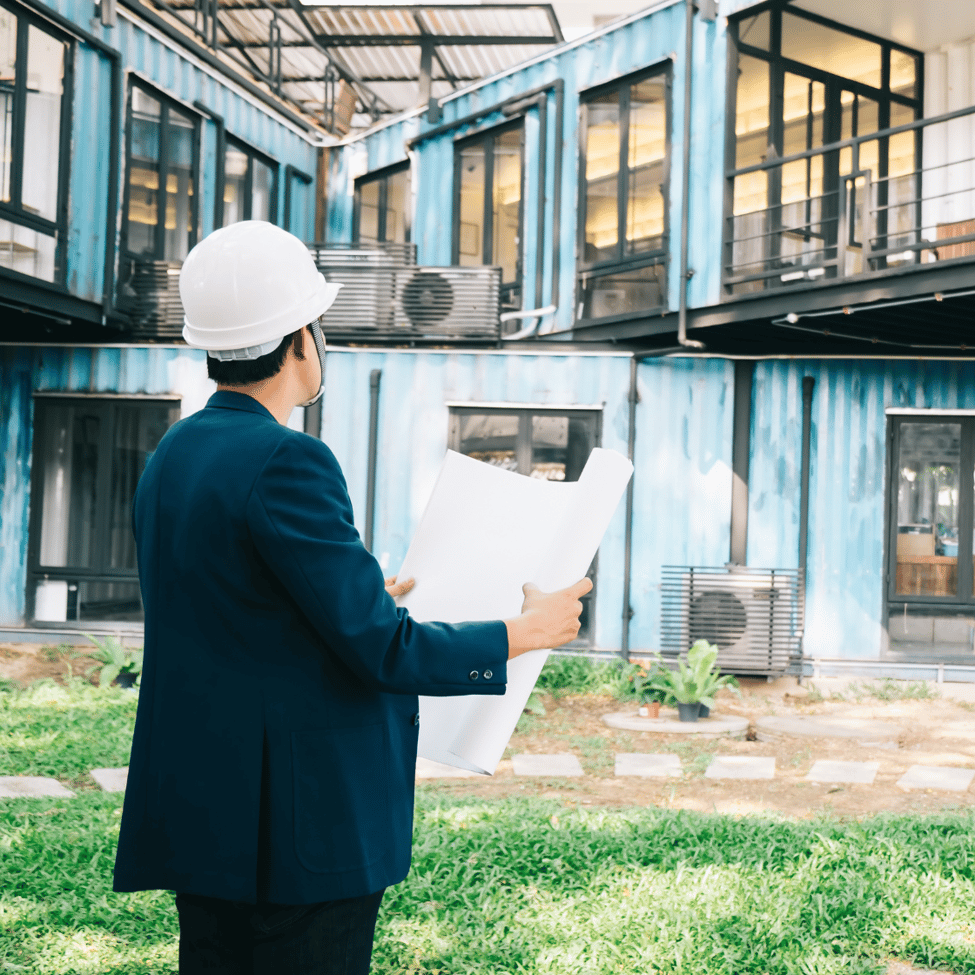Introduction
Homeownership often inspires a hands-on mindset. Many homeowners enjoy DIY upgrades and routine maintenance to save money and personalize their space. Yet, not all repairs are created equal. Some complicated tasks—especially those involving electrical systems, structural components, gas lines or hazardous materials—are best handled by licensed professionals.
Taking shortcuts may lead to:
- Safety risks
- Warranty voids
- Code violations
- Elevated insurance rates
- More expensive repairs down the road
To protect your wellbeing and your investment, here are seven key repairs you should leave to certified professionals, along with guidance on how to choose the right contractor.

1. Electrical Panel Upgrades and Complex Wiring
Electric work can seem approachable—but mistakes can be fatal and costly. Household wiring, breaker panels, and service upgrades must meet strict building codes to prevent fire hazards and ensure safe operation. Licensed electricians carry:
- Proper training and tools
- Bonding and insurance
- Knowledge of local code compliance and permitting
Whether you're installing a subpanel, adding a circuit for a new appliance or upgrading to 200-amp service, experienced electricians can pull permits, complete inspections, and guarantee safe, long-lasting results.

2. Gas Line Installation or Repair
Gas lines power appliances like stoves, dryers, water heaters, and fireplaces. A small leak can cause carbon monoxide exposure or a severe explosion. Certified gas technicians or licensed plumbers have the skills to:
- Properly pressure-test gas lines
- Ensure secure connections
- Install appliances per manufacturer specs
Neglecting this expertise can lead to long-term safety problems, liability issues, and insurance complications.

3. Roof Repair, Deck Framing, and Structural Work
Roofing, load-bearing framing, and deck construction involve elevated risk and precision. Working on roofs or roofs and frames without proper safety gear, skills, and materials is risky. Structural contractors know:
- How to install proper flashing, underlayment, and ventilation
- How to support loads correctly and meet local codes
- How to maintain structural integrity of homes when replacing roof sheathing or framing
A poor-quality repair or deck rebuild can jeopardize your home’s structural safety and resale value.

4. Foundation Repair and Major Structural Settling
Visible foundation cracks, sloping floors, misaligned doors or windows often indicate real structural issues. Foundation repair is complex—it may involve underpinning, crack injections, or soil stabilization. Structural engineers and specialized contractors bring:
- Expertise in diagnostic techniques (e.g. soil testing)
- Licensed warranties and insurance
- Lasting solutions that address root causes—not just surface symptoms
DIY foundation patches may hide symptoms temporarily while bigger issues fester below the surface.

5. HVAC Repairs on Gas-Fired or Complex Systems
Heating and cooling systems—especially gas furnaces, ducted systems, boilers, and high-efficiency heat pumps—require licensed HVAC technicians. Missteps in installation or repairs can:
- Lead to dangerous gas leaks or carbon monoxide
- Void warranty or insurance coverage
- Reduce system efficiency and lifespan
Professionals handle refrigerants safely, maintain ductwork, ensure proper ventilation, and submit permits if needed.

6. Sewer Line Repairs and Major Drainage Projects
Clearing clogged drains may feel doable, but repairing sewer line pipes, replacing sections, or fixing yard drainage is a different level. These jobs may expose homeowners to mold, bacteria or sewage hazards. Professional plumbers use:
- Video inspection cameras to locate blockages
- High-pressure jetting or trenchless technology
- Licensing for sewer system interventions
Misdiagnosis or improper repairs can lead to recurring problems and property health risks.

7. Hazardous Material Removal (Asbestos, Lead Paint, Mold)
Homes built decades ago may conceal hazardous materials like asbestos, lead paint or mold. DIY removal is risky and often illegal. Certified abatement professionals follow:
- Protection protocols
- Federal and state regulations for disposal
- Airtight containment and proper ventilation
Improper removal can release contaminants into the air, endangering occupants and potentially triggering legal liabilities.

How to Choose the Right Contractor
When hiring a pro for these high-risk repairs:
- Check licensing and insurance: Ask for proof of general liability and worker’s compensation.
- Request multiple estimates: Compare scope, warranty, and materials.
- Look for referrals: Ask friends, neighbors, or reputable online sites for recommendations.
- Verify professional associations: Many contractors are affiliated with trade groups or certifications.
- Don’t pay everything upfront: A standard agreement includes deposit, mid‑project billing, and final payment upon completion.
- Insist on warranty: Licensed professionals often stand behind their work with limited warranties.

Trends to Monitor and Why Professional Work Matters
- Code updates: Many jurisdictions introduced new efficiency or safety requirements, especially for electrical panels and HVAC.
- Insurance scrutiny: DIY electrical or gas mistakes may void home insurance coverage in the event of fire or leaks.
- Resale implications: Buyers and inspectors spot corners cut on big projects—documentation of professional work can significantly boost a sale.
- Peace of mind: You reduce liability risk, ensure safety, and avoid redoing work down the line.

Conclusion: Your Home Deserves More Than DIY Shortcuts
Assemble your list of home maintenance tasks—but clearly separate those you can handle versus what truly requires expert intervention. When it comes to electrical, structural, HVAC, sewer, and hazardous materials—leaving it to the professionals is not just smart, it’s essential.
Investing in certified, insured contractors ensures your home remains safe, compliant, and valuable—both today and long into the future.

